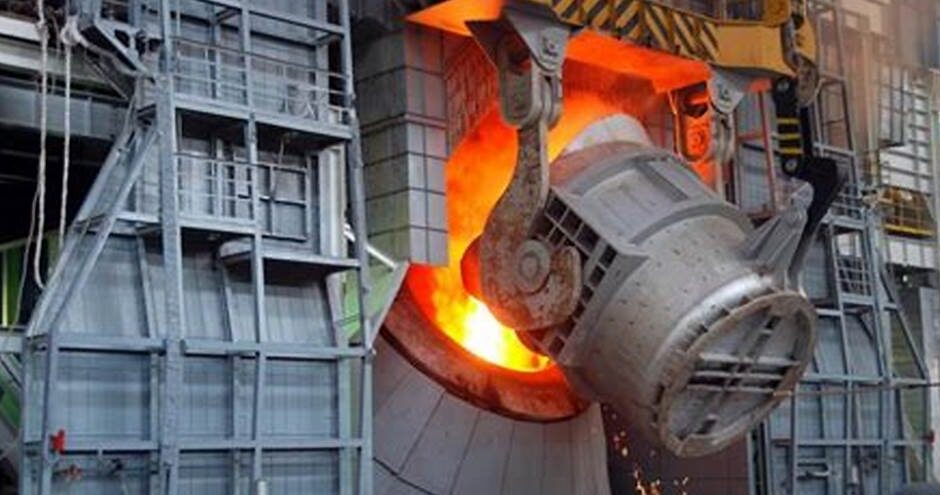Pourquoi le système de contrôle du haut fourneau doit-il ajouter la RFID?
Les hauts fourneaux sont au cœur de la production d’acier, Mais les opérateurs sont confrontés à des défis constants:
- Erreur d’identification des actifs: Suivi manuel de la tuyère, La colonne montante et le creuset entraînent des erreurs et des retards.
- Temps d’arrêt imprévus: L’usure non détectée du revêtement réfractaire ou du système de refroidissement peut entraîner une interruption de la production, with losses exceeding $50,000 par heure.
- Safety risks: Human intervention in high temperature areas can endanger worker safety.
- Compliance loopholes: Incomplete maintenance logs cannot pass ISO 50001 or OSHA audits.
RFID technology can solve these problems in the following ways:
- Enable real-time automated tracking of equipment in extreme environments.
- Predict failures and issue alarms before component failures affect operations.
- Ensure safety and compliance through contactless monitoring.
Benefits after RFID integration:
- Provide an Industry 4.0 blast furnace solution with embedded RFID.
- Truly help enterprises reduce safety production risks
Analysis of RFID solutions:
1.Asset tracking in extreme environments
Problème: Manual records cannot track components such as tuyere or thermocouples in the 1,500°C area.
Solution RFID:
- Attach high-temperature RFID tags to blast furnace components.
- Scan tags at a safe distance using an UHF RFID reader.
2.Predictive maintenance of refractory linings
Problème: Sudden failures of refractory linings cause 10-15% production losses each year.
Solution RFID:
- Embed sensor-enabled RFID tags to monitor lining thickness and temperature gradients.
- Integrate data with SCADA systems (such as Siemens PCS7) to trigger maintenance alarms.
3.Safety and compliance in hazardous areas
Problème: Manual inspections in blast furnace areas pose worker safety and compliance risks.
RFID Solution:
- Deploy explosion-proof RFID tags that meet ATEX standards.
- Automate safety inspections by tracking equipment status and personnel access logs through RFID.
[Contactez-nous]You will receive a free RFID test kit for tracking tuyere, thermocouples, crucibles, cooling system components, and badge tracking of personnel in hazardous areas in the blast furnace control system.
How RFID Integration with Blast Furnace Control System Works
1.Hardware Setup:
- Étiquettes RFID: Attached to key components (par exemple. tuyere, cooling duct) or embedded in the furnace lining.
- Lecteurs RFID: Installed at key nodes (par exemple. feed port, discharge area) or on automated guided vehicles (AGVs).
- Control System: Synchronize RFID data with PLC via OPC UA.
2.Flux de données:
- RFID readers scan tags during maintenance or production cycles.
- Data is transmitted to SCADA for real-time analysis (par exemple. lining wear rate, component life).
- Alarms are triggered when abnormal conditions occur (par exemple. overheating, unauthorized access).
3.Intégration logicielle:
- Middleware: Siemens RF650R or Honeywell Forge for predictive analytics.
- API: Link RFID data to MES (par exemple. SAP ME) to generate compliance reports.
Nous pouvons vous fournir:
Cost-effective RFID solution for blast furnace automation: Reduce conveyor tracking costs by 25%.
UHF RFID for blast furnace asset tracking: Ensure reliable reading in dusty environments.
RFID tags for steel plant safety compliance: ATEX compliant.
Ready to improve your blast furnace control system?
We help manufacturers deliver smarter, safer blast furnace systems. Contactez-nous:
- Free testing of RFID tags proven for extreme metallurgical conditions.
- Return on investment (Retour sur investissement) analysis customized to customer needs.








